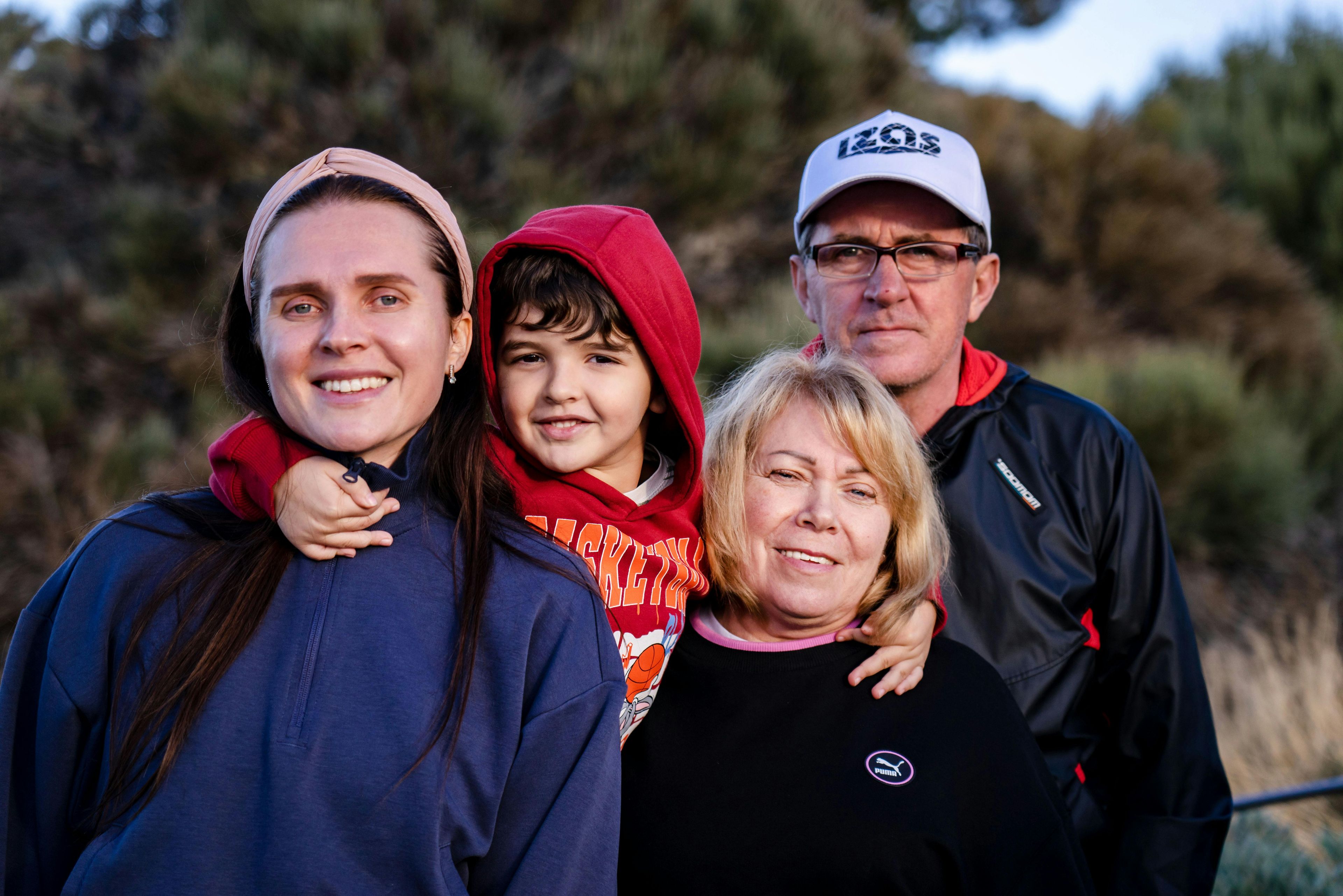
The Heal Together Course
0Heal your past and live fully in the present with this online trauma course.
It's not about what happened. It's about the impact it has on your life.
Most people don’t believe that they have experienced trauma. They say, "Well, it wasn’t bad enough," or "Someone has it worse than me."
You were probably taught that you can only become traumatized by something life-threatening. This just isn’t true.
What is traumatizing for one person may not be traumatizing for another.
Your body has to make sense of all those sensations—the sights, sounds, smells, taste, and touch—and then do something with them.
April 9th

If you find a therapist with this type of training, you can ask them these questions to get a better feel for their style and how they help clients.

Professional help from a licensed mental health professional may be a good next step.

As you heal, your relationships may change. Some relationships may end; others will develop into more meaningful relationships.

The healing process can be long and daunting. It’s so important that you check in and congratulate yourself when things are going well.

Do’s and don’ts that will help you be a more supportive person in their life and manage your own distress.

99.9% of people tell me that they just want their support person to listen and refrain from providing advice until they’re ready.

Co-regulation helps manage distress for both partners and allows the development of connection, safety, and improved self-regulation skills.
Part of healing is learning that you deserve to have your needs met and that you have the power to ask for exactly what you need or want.

Self-regulation is the ability to moderate your own behavior, emotions, and thoughts.

The more aware you are that you’re becoming flooded, the more likely you will be able to calm your nervous system and communicate effectively.

This is one way that you can work to repair your relationship after an activating event.

How to talk about your trauma safely.

How to choose your support network.
Learn your triggers and how to manage them.

How your past impacts your current relationships.

How to create a culture of safety to promote healing within your relationships.

How trauma manifests in your daily life.

Not everyone who experiences something distressing will have symptoms of trauma after the event.

There are many different types of occurrences that can result in trauma.
What is traumatizing for one person may not be traumatizing for another.
How trauma changes your brain.
As you heal emotionally and physically, your window of tolerance will improve.
Whenever we are faced with real or imagined danger, the body reacts in fight, flight, or freeze.
When the body is stressed, cortisol is released. Adrenaline is also released inside the kidneys. Cortisol and adrenaline impact brain function.
How the brain interprets threat after trauma.
How trauma impacts your brain.
How trauma impacts your emotions.
Trauma and other words to describe your experience.
An overview of the course flow and learning objectives.
Watch this video first.
Course video 3

Use these worksheets with the Heal Together course.